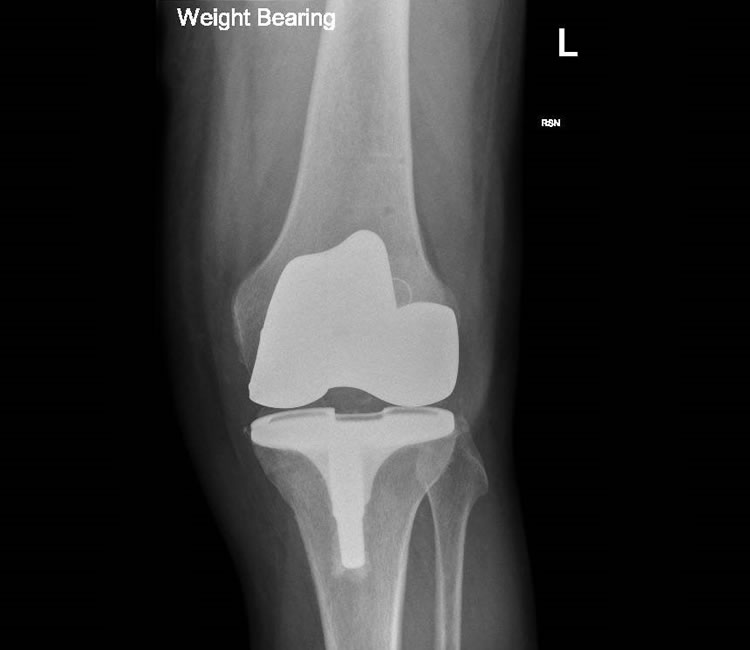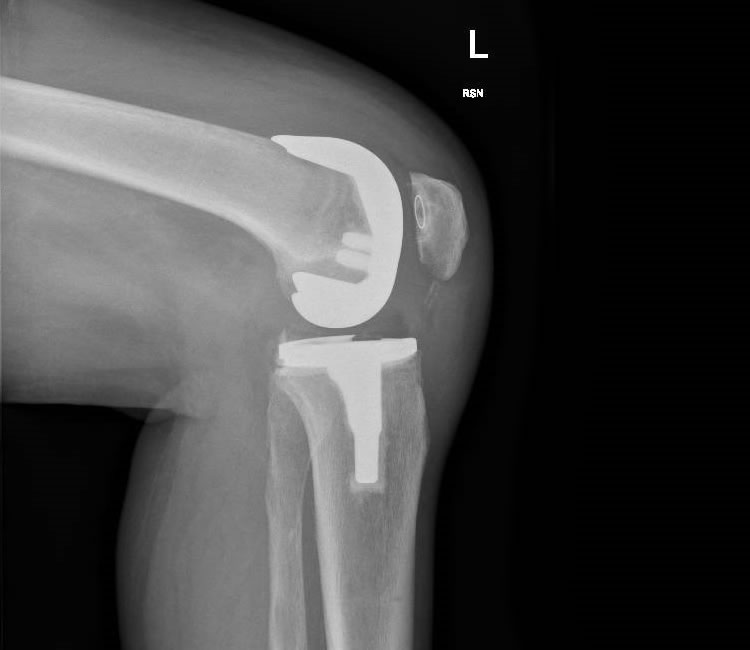Computer Navigated Knee Replacement
The gold standard for the treatment of established osteoarthritis of the knee (where the articular cartilage lining the joint has worn down to the underlying bone over a large surface area) is a knee replacement.
A knee replacement involves removing the damaged cartilage together with small amount of the underlying bone to create flat joint surfaces, perpendicular to the weight bearing axis of the knee, onto which cobalt-chrome knee shaped components are cemented into place. A plastic (highly cross linked polyethylene) insert is placed as the bearing surface between the two metal components. If the articular cartilage on the back of the kneecap (patella) is damaged the patella may be resurfaced with a plastic (highly cross linked polyethylene) button or if the articular cartilage is well preserved any bony prominences are excised and a denervectomy of the patella is performed.
To improve the alignment of the prosthesis, with the aim of reducing variability and improving long term survival of the prosthesis, Mr Sinha uses computer navigation during the surgery. This was a technique he gained experience in during his Fellowship training in Australia, and he used this routinely in his NHS patients. The other potential benefits of computer navigated knee replacement are a reduced incidence of cardiac and respiratory complications during and after surgery (as there is no need to use conventional jigs used in standard knee replacement which can cause fat from the canal of the femur and tibia to embolism to the lung).
Knee replacements can be partial (isolated to one compartment) or total (both tibia and femoral compartments +/- the patella).
Patient info link at the American Academy of Orthopaedic Surgeons
Pre operative radiographs of osteoarthritis of the left knee
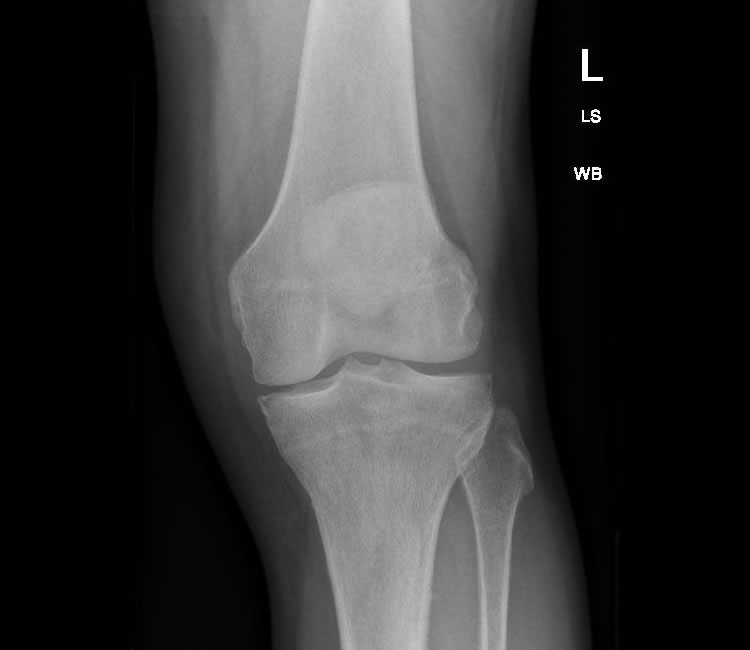
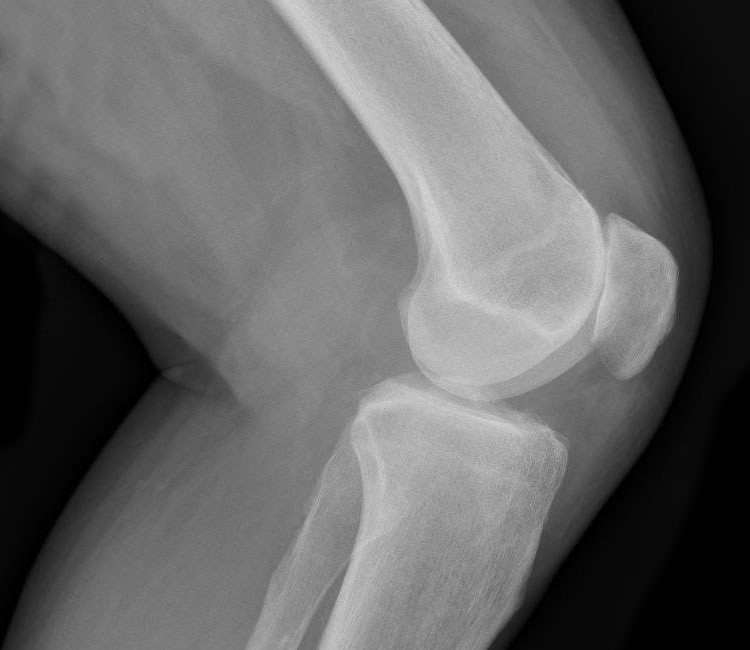
Pre operative planning and template for total knee replacement
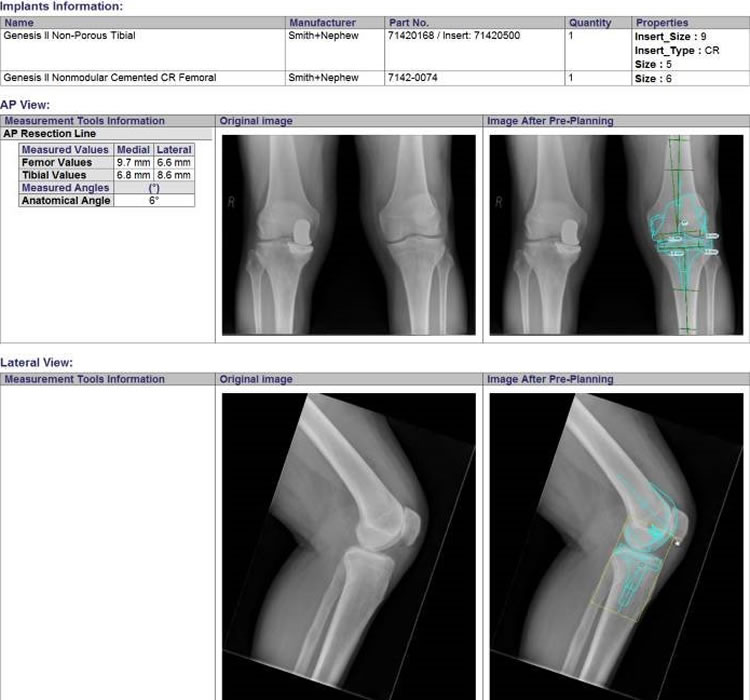
Post operative AP and lateral radiographs of computer navigated total knee replacement
